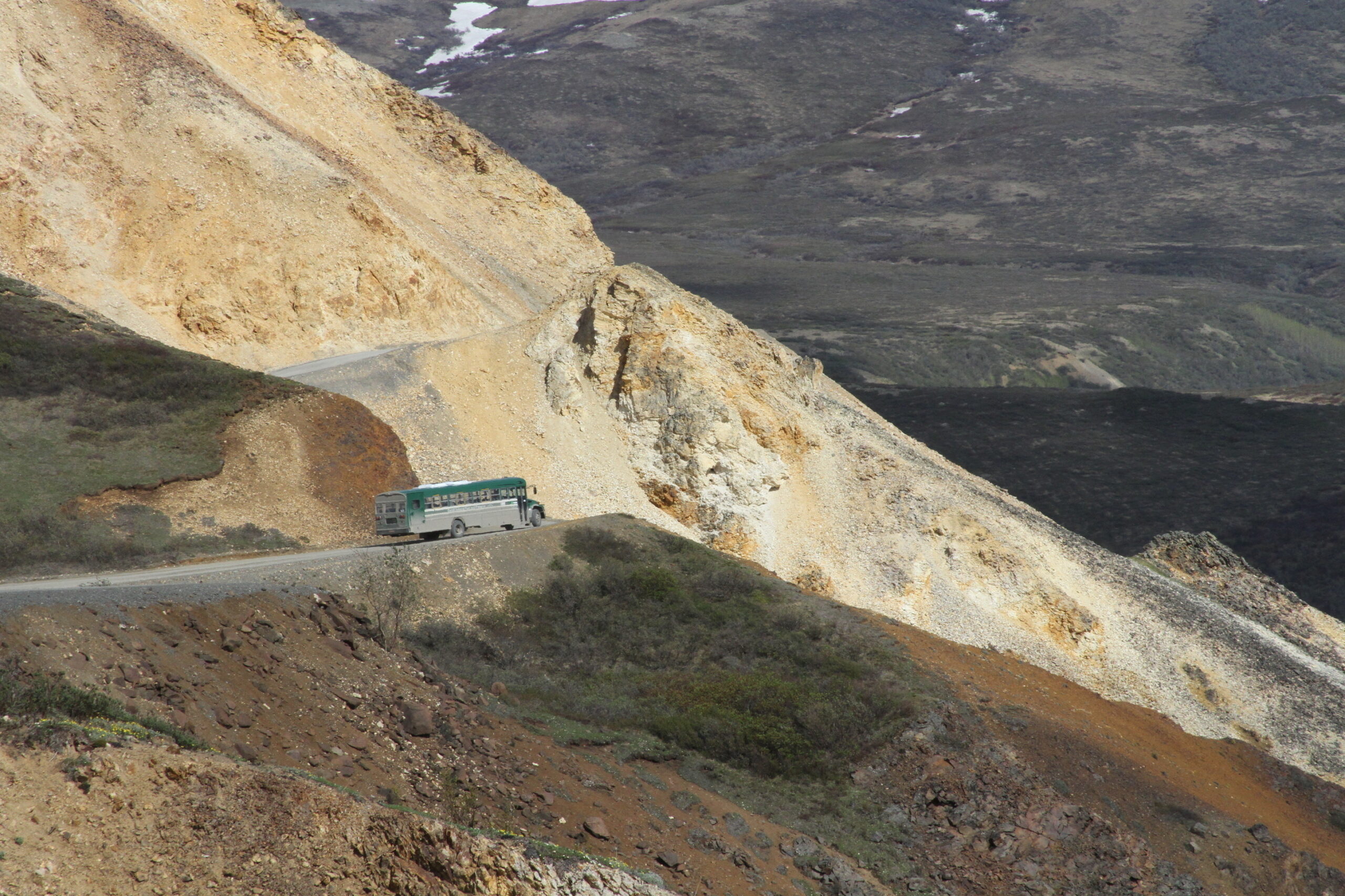I’ve written about some of the obvious negatives of the pandemic on wildlife. The loss of hunters and tourists in Africa and parks around the world has meant less staff guarding wildlife from thieves and poachers. These impacts are diverse and huge in some parts of the world.
Obviously, Africa has been hit hard, and poaching is creating major problems for wildlife. Here in the United States, our national parks have less staff creating a myriad of problems. Seasonal staff workers at some parks utilize park-provided housing that involves shared dormitory sleeping or shared bathrooms. For safety reasons, such housing is greatly reduced and that means that lots of work is not getting done. Two examples are: Bark beetle surveys in Sequoia and Kings Canyon national parks in California have been eliminated temporarily; and Rocky Mountain National Park in Colorado skipped pruning white pine blister rust.
Remote parks have seen greatly reduced visitors. Denali National Park in Alaska normally gets many international visitors from cruise ships. During the past year, Denali had one-tenth the tourists seen in 2019. Haleakala National Park in Hawaii only had one-third the numbers that came there in 2019. For these parks and all parks everywhere, tourist money pays the salaries of park rangers and staff. Without tourist funds, all activities in those parks suffer.
There are positives, however.
For example, in some areas, the number of animals killed by traffic has dropped dramatically. Less traffic, fewer road kills. From early March to mid-April 2020, there was a 70% reduction in traffic in California, Washington, Idaho and Maine. Animals killed on roads in those states declined by one-third compared to the months before the pandemic lockdown. Vehicle-caused deaths of mountain lions in California dropped by 68%. Since highways kill one million vertebrates (birds, mammals, snakes, etc.) of all kinds on American roads every day, the lockdown was a major plus for wildlife.
Here’s an interesting piece of information researchers uncovered about the pandemic impact on birds. They compared data from 82 migrating bird species seen in cities from Florida and Texas up to Alaska and across Canada. The lockdowns in March and April took place during spring migration, so when those birds stopped in city parks and forests where there was usually human activity, they encountered less disturbance from traffic and people. When comparing March and April data for 2017, 2018 and 2019, to the data from the same two months in 2020, they were amazed.
Hawks, hummingbirds and many migrators increased use in urban areas dramatically. The numbers haven’t been tabulated yet, but the researchers said “the changes that we see are really strong…” They go on to suggest that such changes might lead to increases in some bird populations over the long term. Interesting.
One University of Tennessee researcher and a professor at Cal Poly looked at the songs of the white-crowned sparrow around San Francisco Bay. They compared songs from 2013 to 2017 to songs in the Spring of 2020 when there was far less traffic and noise. During April and May 2020, rush hour traffic levels on the Golden Gate Bridge were the lowest since 1954. The sparrows changed their songs to ones much quieter because they didn’t have to be loud to be heard above the traffic. Without traffic, the birds can be heard by other birds four times further in distance. Hence, the bird songs were quieter, but more complex. One guess is that a male complex spring song gives him advantages over other males. Regardless, the birds did change their volume and complexity when the surrounding noise pollution was reduced.
I know, that last example is just a small plus compared to the overall negatives of the pandemic on wildlife and on us. It is what it is. We will adapt and move on. There is no choice. Meanwhile, the outdoors is a great place to social distance. See you on the hiking trails around town.




